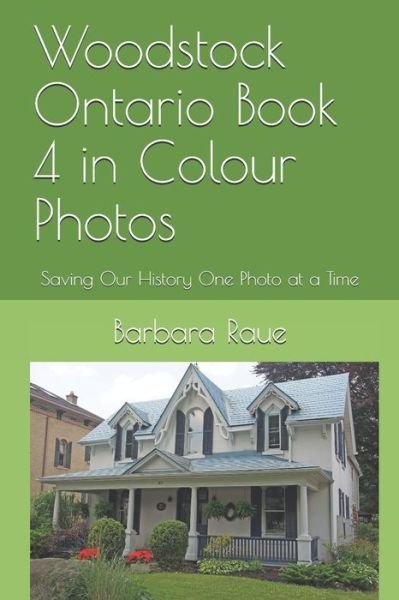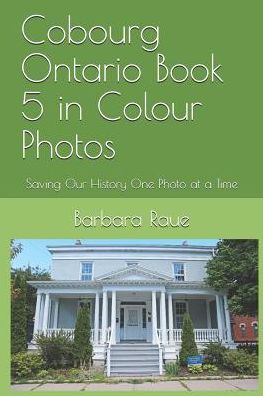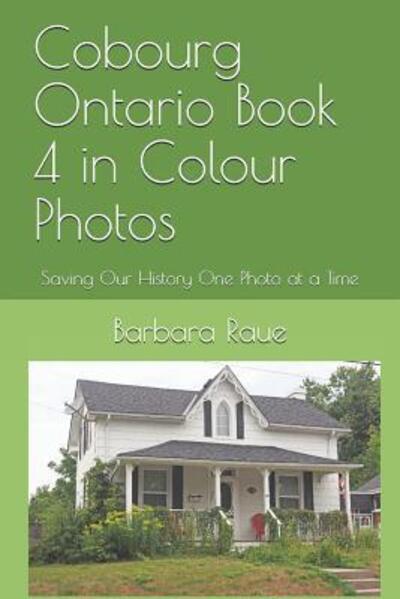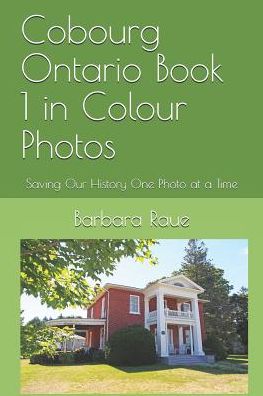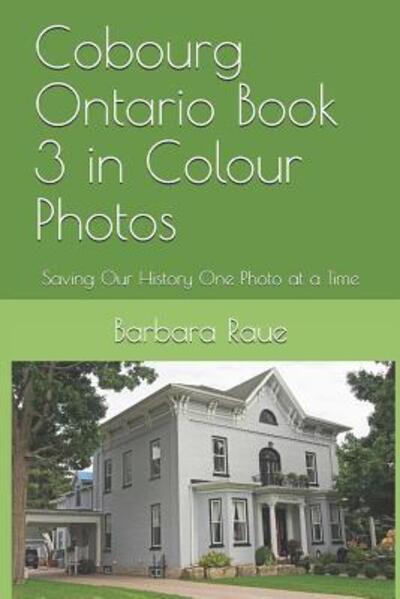
Recomienda este artículo a tus amigos:
Niagara-on-the-Lake Ontario Book 3 in Colour Photos
Barbara Raue
Niagara-on-the-Lake Ontario Book 3 in Colour Photos
Barbara Raue
The St. Lawrence and Great Lakes system was the most efficient route to the interior of the continent of North America. Large waterways allowed for substantial sailing vessels to trade and maintain contact with Native allies from Montreal to the Mississippi with minimal portages and transshipment in smaller boats. The one great obstacle along the chain of waterways was Niagara Falls whose dramatic height required some control of the land to allow for a portage around the escarpment and the falls to the lakes beyond. The strategic importance of this area led to the construction of several forts at the mouth of the river in an attempt to control this critical water route. Fort Niagara is a fortification originally built to protect the interests of New France in North America. It is located near Youngstown, New York, on the eastern bank of the Niagara River at its mouth, on Lake Ontario. René-Robert Cavelier, Sieur de la Salle built the first French structure, called Fort Conti, in 1678. In 1687, the Governor of New France, the Marquis de Denonville, constructed a new fort, a small wooden complex, at the former site of Fort Conti. He named it Fort Denonville and posted a hundred men there. In 1726, the first stone structure, a two storey building was constructed on the same site. It was a critical post for fur trade and defensive works against the Iroquois. The fort played a significant part in the French and Indian War, and suffered the only European-style siege in North America in 1759. It fell to the British in a nineteen day siege in July 1759, called the Battle of Fort Niagara. Fort George was built by the British Army after Jay's Treaty (1796) required Britain to withdraw from Fort Niagara. The new fort was completed in 1802, and consisted of earthworks and palisades, along with internal structures, including an officer's quarters, blockhouses to accommodate other ranks and their families, and a stone powder magazine, which is the only original building on the site. Fort George served as the headquarters for Major-General Brock in 1812. In May 1813 it was bombarded for two days by the American fleet and the batteries at Fort Niagara across the river. The British and Canadians, together with Aboriginal peoples allied with them, fought to oppose an American landing on Lake Ontario. A large American force was landed near Two Mile Creek and after a brief engagement at Fort George in which the Canadian garrison was outnumbered and sustained heavy casualties, Brigadier-General John Vincent made an orderly withdrawal towards Burlington Heights. The Americans constructed fortifications of their own on the site. The American Army used the fort as a base to invade Upper Canada. The capture of Fort George left the Americans in control of the Niagara frontier, but Vincent's troops a week later repelled the Americans at the Battles of Stoney Creek and Beaver Dams, preventing the Americans from gaining the whole peninsula. Mississauga Point is located where the Niagara River flows into Lake Ontario. Lakes and rivers were military supply and transportation routes and forts were built to protect them. After the British captured Fort Niagara on December 19, 1813, a new fort was constructed on the Canadian shore, called Fort Mississauga. Materials for it were obtained from the ruins of the nearby town of Newark (now Niagara-on-the-Lake). With the American navy now controlling Lake Ontario, this work was crucial to the security of British forces in the Niagara Peninsula.
| Medios de comunicación | Libros Paperback Book (Libro con tapa blanda y lomo encolado) |
| Publicado | 10 de junio de 2015 |
| ISBN13 | 9781514163832 |
| Editores | Createspace Independent Publishing Platf |
| Páginas | 38 |
| Dimensiones | 152 × 229 × 3 mm · 86 g |
| Lengua | English |
















